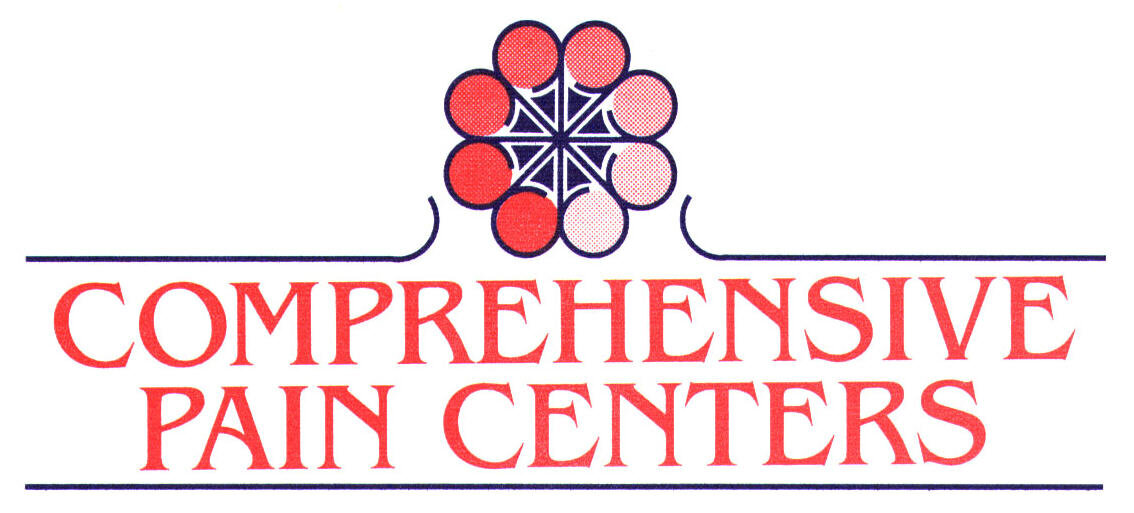Electricity, mainly from electric fish, was used for thousands of years to treat pain and other conditions. The modern era of neuromodulation began in the early 1960s, first with deep brain stimulation which was soon followed (in 1967) by spinal cord stimulation, both for otherwise intractable pain. Spinal cord stimulation is now used for many different problems in pain symptomatology.
Read MoreA common misconception of pain treatment is that chronic pain should be treated solely by a psychiatrist or psychologist. This is simply not true. The treatment of chronic pain should be a team approach, with everyone working together to help the patient take back as much of their life, physically and mentally, as possible.
Here is a helpful article about the roles of psychology and pain.
Read MoreChronic pain is so difficult to diagnose. Often it is a process of trial and error, testing and continually trying to describe your pain. But how do you explain pain to your doctor, in order to help them understand how your pain is different?
Medical history — injury, treatment, procedures — can only tell a doctor so much about the pain you should be experiencing. But, with chronic pain, the pain is different…and hard to explain concisely. Yet it is incredibly important that you describe the pain as accurately and descriptively as possible.
Read MoreThere are over 3 million cases of chronic pain in the United States each year. So what exactly is pain? Pain is defined as acute or chronic. Acute pain can be a sudden, mild pain that lasts only a moment or it can be severe pain that resolves over a few weeks or a few months. Chronic pain is continuous pain that lasts longer than 6 months. The key is that acute pain is pain that goes away, chronic pain usually does not.
Read More



